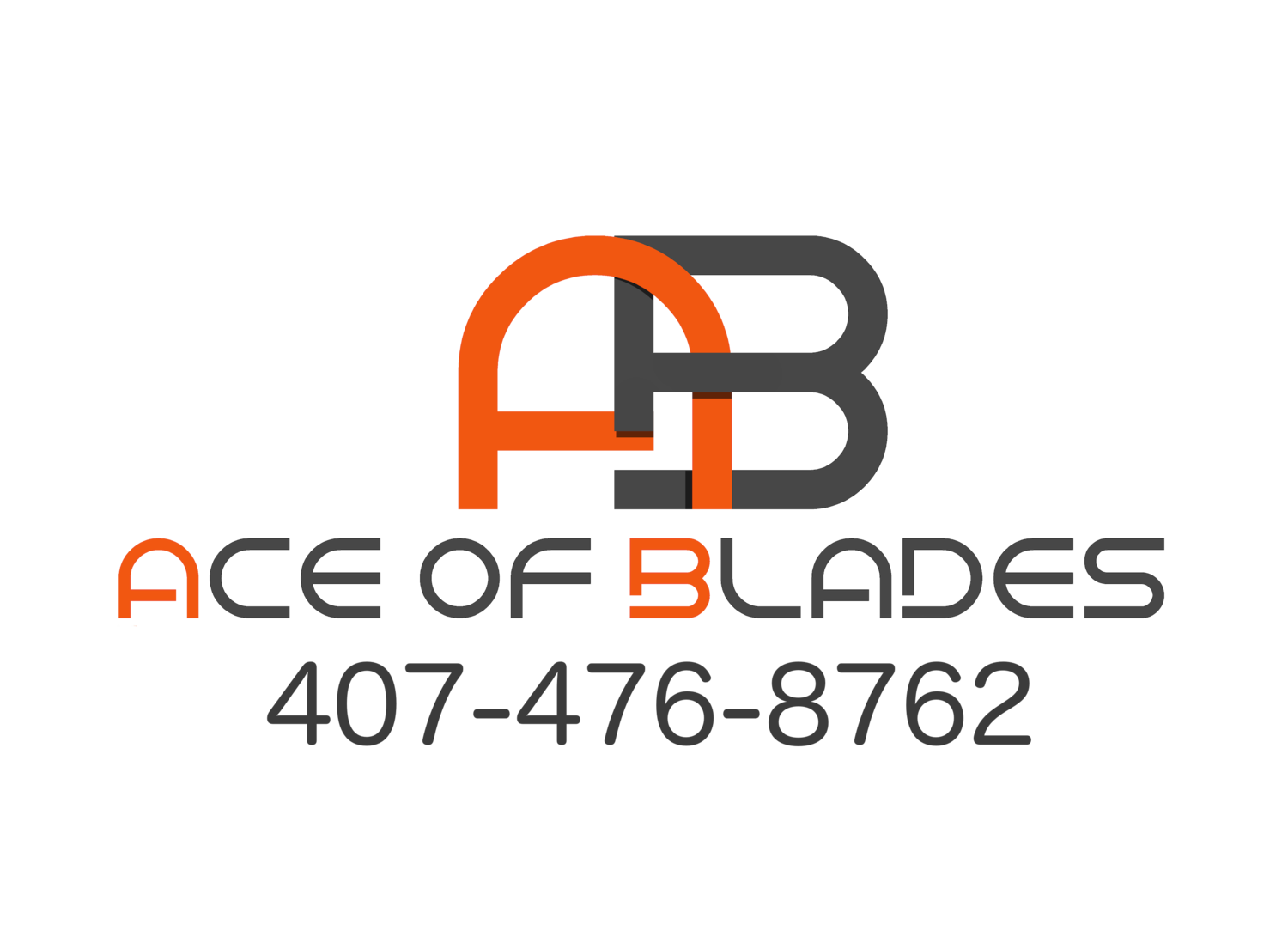New Lawn Maintenance Guidelines
WATERING
Most Lawn problems result from improper watering (either too much or too little). After sod is established, water less often for longer periods of time, paying close attention to the amount of water applied. A good rule of thumb is to apply 1-inch of water per week (divided into 2 or 3 watering cycles) at 70 degrees increased temperature, or 10 mph wind speed. To judge how much time this will take for your lawn, you can audit your sprinkler system by placing cups in the lawn area and measuring the amount of water captured in a specific length of time. Remember, 1 inch per week is a guideline for average soil conditions; sandy soil will require more water, and heavy clay soils usually require less water.
WEEDS
A healthy, vigorous lawn is the best barrier to weed infestation, but there are annual weeds that will germinate during June, July, August, and September that cannot be treated. One of these weeds, crabgrass has no available chemical that can kill it. If a problem does occur please consult a professional lawn spraying service, as we cannot be responsible for weeds that do occur during these months.
FERTILIZATION, PEST, & DISEASE CONTROL
Well fertilized turf will be strong & vigorous. Newly sodded turf must be treated with a fertilizer, fungicide and insecticide 15 days after installation. Then, establish a regular schedule of fertilization every 60 days thereafter. In warm weather, a slow release fertilizer should be used, while a quick release is recommended in the colder winter months. To avoid burning your lawn, water thoroughly the day before fertilizing, and then again immediately after the fertilizer is applied. Be sure to strictly follow all labels and application instructions.
MOWING (1st mowing - 14 to 21 days)
Regular weekly mowing is strongly recommended. Mow your lawn when the blade height is between 2 to 2.5 inches, never cutting off more then 1/3 of the leaf blade in one mowing. Be cautious when mowing; scalped or closely cut areas damage your lawn and provide opportunities for weed infestation. A sharp, properly adjusted lawn mower produces a clean cut allowing the grass blade to heal fast. Dull mowers injure the lawn's leaf blades (which may affect the overall health of your lawn). Grass cycling, a current trend of leaving clippings on the lawn, recycles nutrients back to the lawn and simplifies mowing by eliminating the need to bag clippings.

